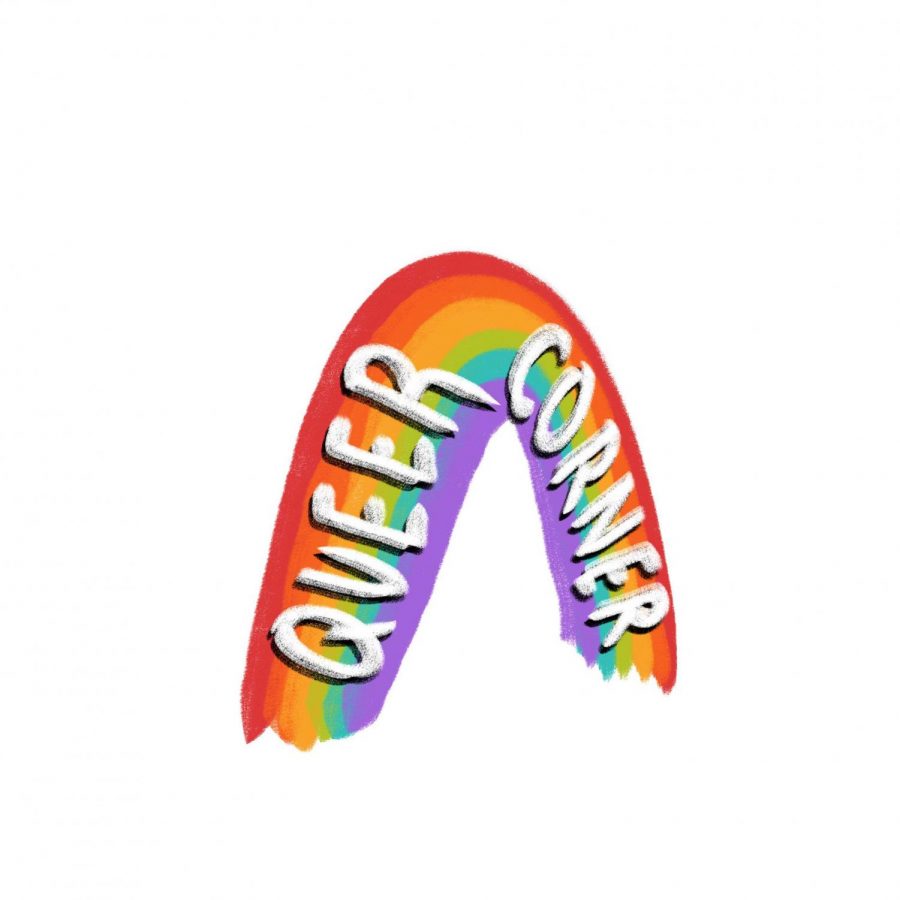The Queer Corner | Labels: Your life’s story in just one word
The Queer Corner is a biweekly blog exploring LGBTQ+ community and culture.
September 17, 2021
Imagine a world without labels. No longer are you confined to a narrow definition of what it means to be you. You are free to be anyone you want. How do you feel? Free? Confused? Are you searching for a personality quiz to find out if you’re the kind of person who can’t be labelled? Are you already tired of this thought experiment?
Language that defines a person offers insight and clarity, and labels that provide identity may even facilitate community. Sexuality-defining terms such as “gay” and “straight” have been around my entire lifetime. I’ve personally lived through the development of “microlabels” on Tumblr, their downfall and their resurgence on TikTok many years later. Labels feel so integral to the very idea of the LGBTQ+ community that it can be difficult to believe that sexuality labels were invented less than 200 years ago.
Before we talk too much about the past, I’d like to figure out what role labels play in 2021. Are they really just for soup cans? Immediately, I’d argue no. Labels are obviously helpful. I think of one fateful day in 2014 when I first searched the term “pansexual.” Reading the definition — a person attracted to anyone regardless of gender — I felt seen. Every thought I struggled with came to a screeching halt. I knew who I was.
The problem, of course, is that I didn’t know who I was. Seven years after that monumental Google search, I don’t really identify with pansexual anymore. Today, I’d be much more likely to say bisexual, but that doesn’t sit right, either. Having a complicated relationship with labels can feel isolating, but it’s more common than you may think. Many have stopped labelling their sexuality all together. While a labelless world provides an interesting thought experiment, I’m not sure it’s time to fully eliminate labels.
At this present moment, labels can be necessary to find community. My rural, conservative town assumed I would be straight. In fact, my sexuality was never even a question. In the act of labelling my sexuality, I went against my first community, but that didn’t mean I was lost. At 13 years old, I found safety in the LGBTQ+ community. While sexuality labels aren’t innate, their social importance cannot be forgotten.
In my world of gender studies classes, I often forget that the progress I see around me does not reflect the continued fight for LGBTQ+ rights. Within my philosophical queer utopia, sure, eliminate labels, but within reality, labels may still serve a purpose.
Sexuality labels were once used to defend and decriminalize homosexuality. Early sexologists such as Karl Ulrichs and Magnus Hirschfeld first coined terms like “homosexuality” and “heterosexuality,” and at the time, being heterosexual was considered “perverted” since any reference to sexual pleasure was deplorable.
While the entire discipline of sexology is muddled by problematic ties to racism and eugenics, it provided a language to talk about sexuality in a way that we hadn’t before. With medicalized terms, an argument could be made that LGBTQ+ people are, in fact, “born this way.”
Phenomenal Lady Gaga song aside, many queer individuals have pushed back on the “born this way” model. The way we think of sexuality is changing, and it may be related to the way we think about gender. Gender and sexuality are intricately connected. The traditional idea of heterosexuality requires a female and male sex to complement and oppose one another. However, our definitions of female and male change over time. Even the fundemental concepts of sex and gender are in constant question. If these concepts are in flux, then the labels are too.
As our concept of gender becomes more and more fluid, our labels of sexuality are called into question. Take, for example, using the label “lesbian” to define a woman who experiences attraction toward women. The label of “lesbian” requires an idea of “woman.” In recent years, some have challenged this correlation and begun to define lesbian differently.
The current definition of “lesbian” includes non-binary people. The changing definition in sexuality has kept up with changing definitions in gender. He/him lesbians prove that gender and sexuality labels do not always match, but this shift in the way we think about gender and sexuality can be difficult for some to comprehend. Outside of the community, fluctuating labels of gender and sexuality can complicate the fight for queer acceptance.
While sexuality labels can feel stifling to some, the queer community is still fighting for representation and rights in big ways. This means that fluid sexuality can be wonderful within the community, but labels are still important when it comes to politics and pop culture. How can we know who is appropriating queerness and who is simply expressing fluid sexuality? Without labels, it can be hard to tell.
It turns out that my little thought experiment is quite complex. On a personal level, I may not feel as tied to labels as I once did, but my history with the LGBTQ+ community keeps me coming back for more. Whether or not we’re ready to throw labels out completely is still up for debate. On the way out, I’d encourage you to think about your own relationship to labels and where you’d like to go from here.
Rachel writes about queer culture, the queer community and navigating life beyond the binary. Talk to them at [email protected].








